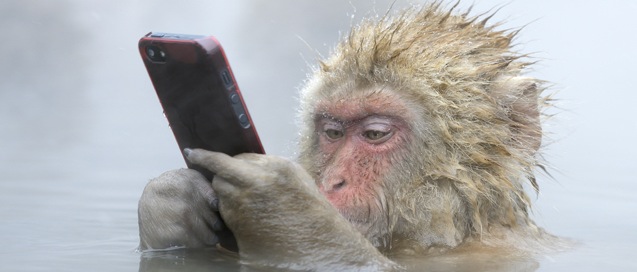You manage what you measure. This means you have to do some weighing or calorie counting to get a handle on your diet. You'll never get it perfect because food, delicious food, is usually mixed up stuff and not a perfect match to what you read in the diet book.
Five comments:
-I put everything "per gram" so you don't have to mix up "servings" "1/2 cups" and "per 100 grams" measurements.
-Put your pot or plate right on the scale and and you can zero out after each thing. After measuring for one new recipe, put the cals/gram onto your cheat sheet. Close is usually good enough.
-If you are like me, you always find a way to cheat. Like not counting the sips of drambuie or thinking your coffee with a nice dollop of cream and sugar (100 cals?) is the same as your coffee with milk and a tad of sugar (50 cals?). In the coffee example, "the extra" in four cups of coffee is more than 10% of your daily calories. 500 excess calories per day or 3500 per week means you will gain a pound a week.
-What you weigh on the scale goes up and down for lots of reasons besides calories.
-Your actual weight goes up and down for non-calorie reasons.
-I put everything "per gram" so you don't have to mix up "servings" "1/2 cups" and "per 100 grams" measurements.
-Put your pot or plate right on the scale and and you can zero out after each thing. After measuring for one new recipe, put the cals/gram onto your cheat sheet. Close is usually good enough.
-If you are like me, you always find a way to cheat. Like not counting the sips of drambuie or thinking your coffee with a nice dollop of cream and sugar (100 cals?) is the same as your coffee with milk and a tad of sugar (50 cals?). In the coffee example, "the extra" in four cups of coffee is more than 10% of your daily calories. 500 excess calories per day or 3500 per week means you will gain a pound a week.
-What you weigh on the scale goes up and down for lots of reasons besides calories.
-Your actual weight goes up and down for non-calorie reasons.
A diet app or a calorie-counter book is one solution. It gives you a lot of stuff to count and to look up in the search box or the index and takes quiet a while. It works.
If you do a lot of counting for a month, you get a handle on what a good-for-your-diet meal looks like. This means you estimate stuff in your head and you can cleverly keep your breakfast and your lunch so they tend to repeat and are easy to count. Unfortunately, after a while I get careless at estimating and gain again. Here's where a cheat sheet comes in handy to keep me honest without making too much busy work.
My cheat sheet suggestion is below. ( It's a spread sheet link so you can edit it for yourself (shift-click) with some favourite food and treats. My most common foods are listed (calories per gram) and I can see them on one page and can usually figure the whole meal from this one page. Down below is an even simpler wallet-size cheat sheet, listing a few categories of food. This is helpful when you are eating out. You can eyeball the calories in a plate of food using it and one simple rule: A cup is about 250 grams of food.

And here's a wallet-size version for dining out. Not very accurate but useful. (Why grams? Because grams are grams but ounces can be imperial or US, quite different.) And remember, a cup is about 250 grams.
Calories per gram
(high to low)
Oils 8.5
Butter 7.0
Nuts 7.0
Sugar 4.0
Hard liquor 3.5
Red meat 3.0
Hard cheeses 3.0
Bread,pizza 2.5
Jams 2.5
Chicken 2.0
Salmon 1.8
Most seafood 1.1
Beans, spuds 1.0
Red wine 0.7
Berries 0.45
Veggies heavy 0.4
Veggies light 0.2
Mushrooms 0

No comments:
Post a Comment